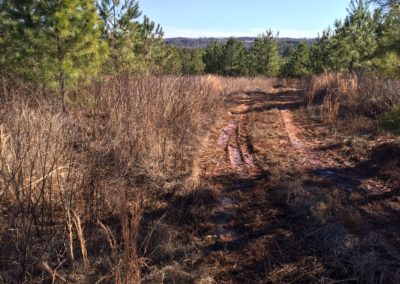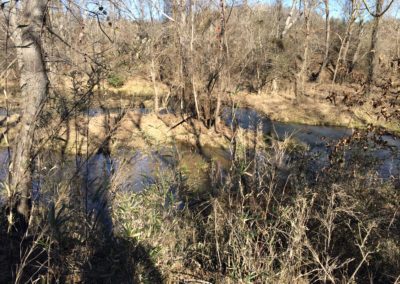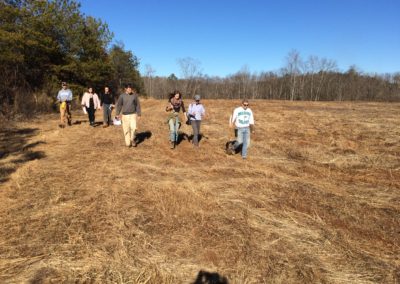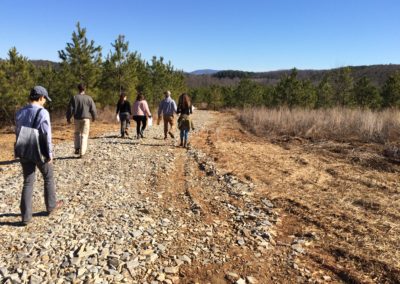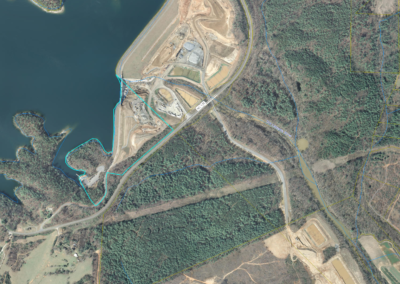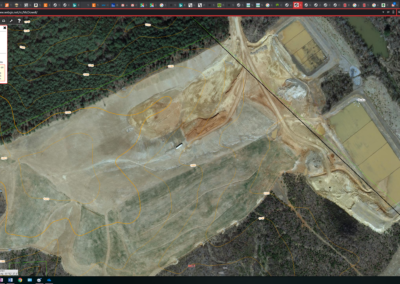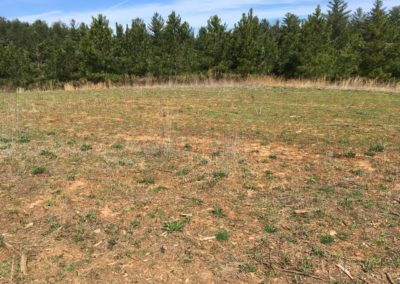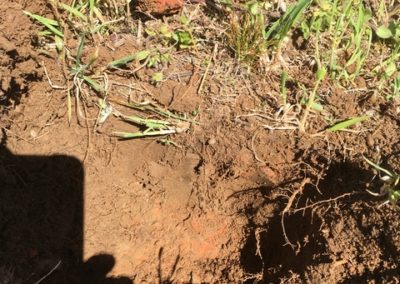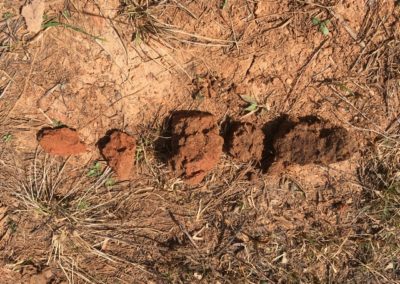Catawba Run
“Once upon a time, in the foothills of the Western North Carolina mountains, there was a large piece of land which had been owned by a timber company for a century. Once a year, birds were imported to the land and released so that the executives of the timber company could host a hunting party for company leaders and their special guests. One day, a humble, open and curious gardener acquired the property and in doing so, changed the story of the land. In the years that followed, a diverse group of faithful, hopeful and loving people gathered together to heal the broken land – and in return, the land healed the people. Ancient knowledge and local, place-based wisdom emerged and became the practice of the people.”
So begins the vision story of Foragable Community’s first major land acquisition – Catawba Run – 275 acres of degraded pine plantation and land mined for clay located in the Piedmont region of North Carolina, near Nebo, just west of Morganton. As the vision story tells, the land has been driven hard over the last century and is now a mix of pine plantation of various ages, interspersed with old fields managed for quail hunting and farmland producing hay and grains. The property has a south/southeast aspect and has a diverse topography as the landscape transitions from eroded uplands, from stream terrace to
This is the setting for Foragable Community’s next demonstration of our shared values: to use ecological management practices and resilience principles to restore the health and wellbeing of this degraded landscape, and concurrently have a positive impact on the lives of people who participate in this vision of redemption and renewal. Using holistic planning and adaptive management, in 2018 we initiated a healing journey to a regenerative landscape that one day we hope will inspire and equip all who visit with the experiences, knowledge, and skills to begin restoration projects in the places that they love, the places they call home.
Foragable Community is currently seeking regional partnerships with businesses and educational institutions to begin planning the restoration of the land at

